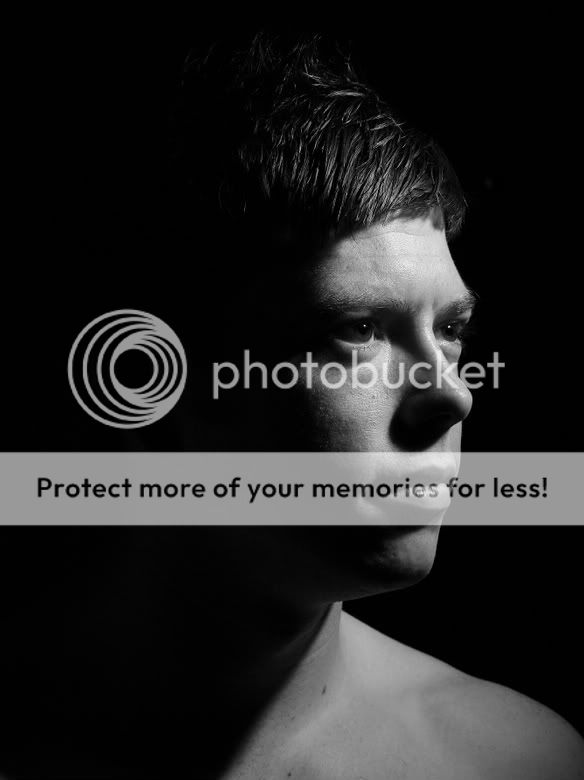- Messages
- 726
- Name
- Paul
- Edit My Images
- Yes
 I am hiring some studio lights from my camera club tomorrow and was wondering if anyone has any tips on settings when using with a D300.
I am hiring some studio lights from my camera club tomorrow and was wondering if anyone has any tips on settings when using with a D300.Regards
Paul
 I am hiring some studio lights from my camera club tomorrow and was wondering if anyone has any tips on settings when using with a D300.
I am hiring some studio lights from my camera club tomorrow and was wondering if anyone has any tips on settings when using with a D300.Shoot raw, iso 100, F11-16, 1/60th on shutter, try these as a starting point.
Thx.... I'll give them a go.
Should I be able to trigger the lights using the commander setting. Or is it a must to use a hot shoe cable.

Thx ...... for all the tips and hints. I have just put the lights onto the stands and powered them up took a few test shots and the D300 syncs fine ... I can't believe it was that easy. My Sony A100 would not sync with the lights at all on a studio night at the club recently.
The date for the shoot is tomorrow so I'll play with the settings tomorrow now I know the camera and lights work together.
Dal get the makeup ready for those modelsyou can be my assistant

I would be wary of using 1/250 sec as your shutter speed, many studio flash units are not as quick as speedlite type units and you may encounter a slight fall off as the shutter closes.
1/125 is the usually the recommended max speed for studio flash units.
This is 2 complicated for me....



I would be wary of using 1/250 sec as your shutter speed, many studio flash units are not as quick as speedlite type units and you may encounter a slight fall off as the shutter closes.
1/125 is the usually the recommended max speed for studio flash units.
Why would you want to set an ISO of 400?I would say:
ISO 400
F.9 - F.11 (play around)
with a shutter speed of about 1/90th
Gary
